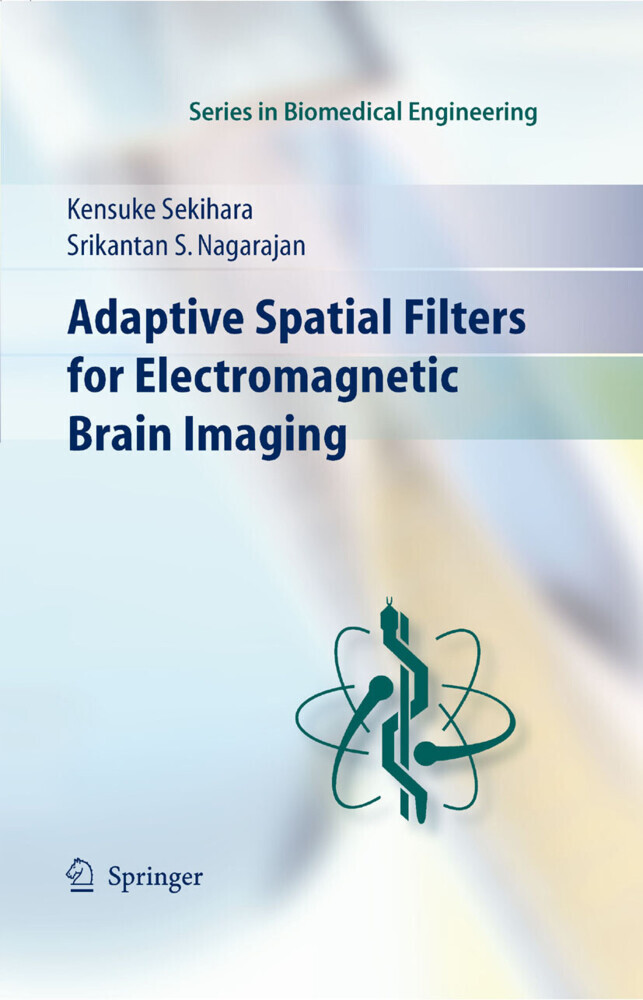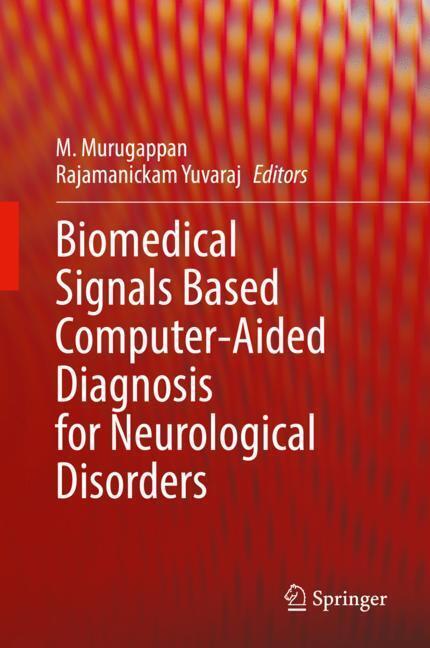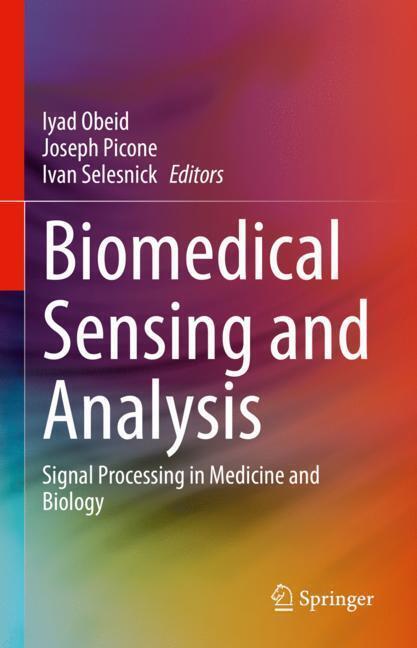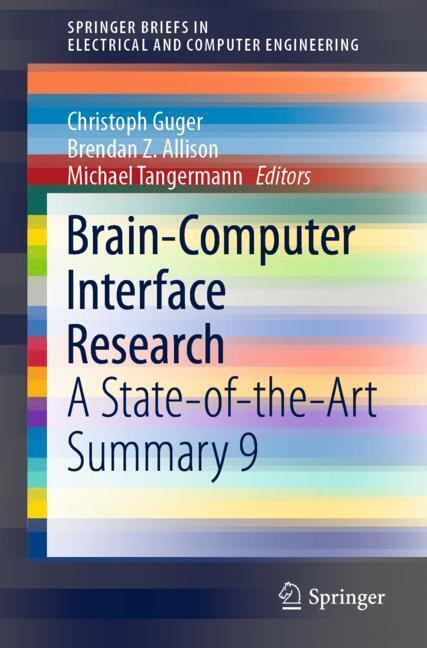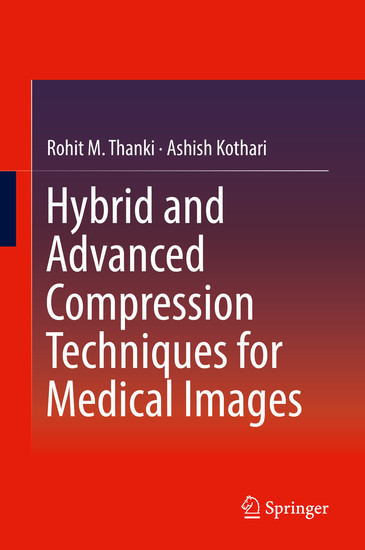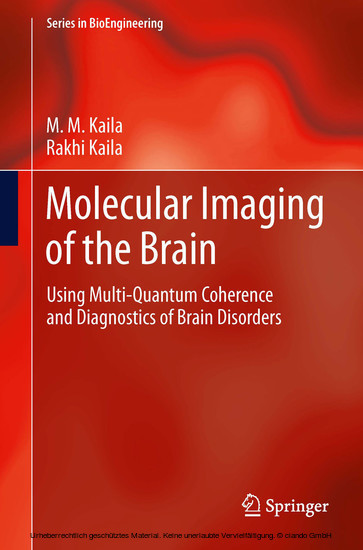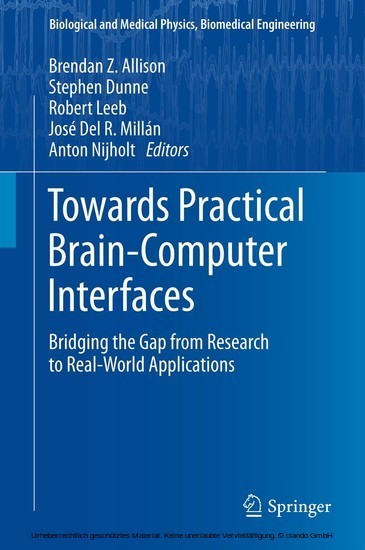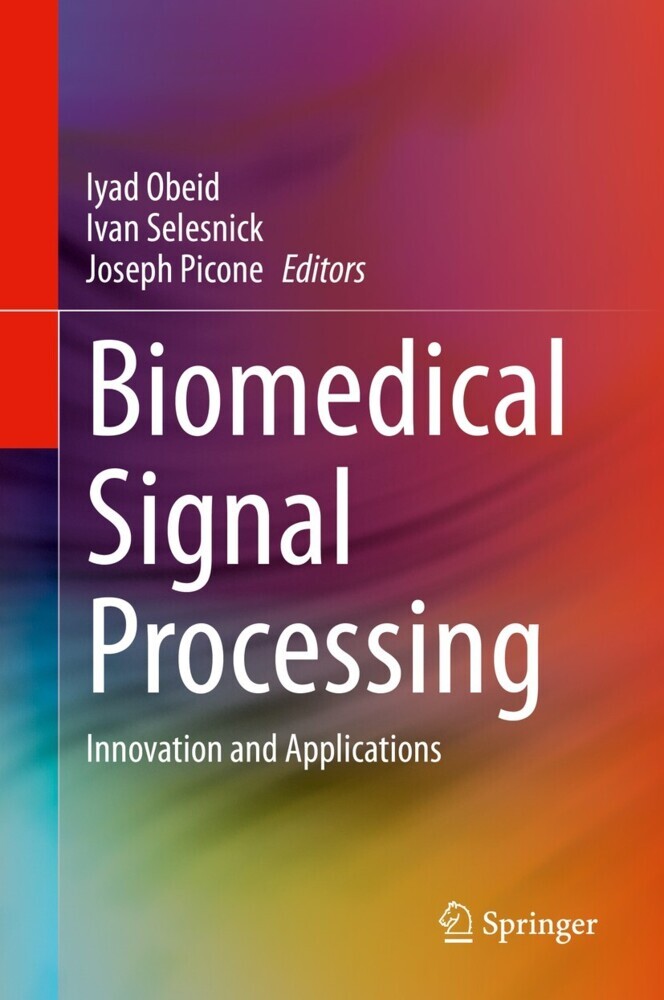Adaptive Spatial Filters for Electromagnetic Brain Imaging
Neural activity in the human brain generates coherent synaptic and intracellular currents in cortical columns that create electromagnetic signals which can be measured outside the head using magnetoencephalography (MEG) and electroencephalography (EEG). Electromagnetic brain imaging refers to techniques that reconstruct neural activity from MEG and EEG signals. Electromagnetic brain imaging is unique among functional imaging techniques for its ability to provide spatio-temporal brain activation profiles that reflect not only where the activity occurs in the brain but also when this activity occurs in relation to external and internal cognitive events, as well as to activity in other brain regions. Adaptive spatial filters are powerful algorithms for electromagnetic brain imaging that enable high-fidelity reconstruction of neuronal activity. This book describes the technical advances of adaptive spatial filters for electromagnetic brain imaging by integrating and synthesizing available information and describes various factors that affect its performance. The intended audience include graduate students and researchers interested in the methodological aspects of electromagnetic brain imaging.
1;Contents;7 2;Introduction;12 2.1;1.1 Functional brain mapping;12 2.2;1.2 Electromagnetic brain imaging;13 2.3;1.3 Spatial .lters;14 2.4;1.4 Book chapter organization;16 2.5;1.5 Acknowledgements;18 3;Sensor array outputs and spatial . lters;20 3.1;2.1 Neuromagnetic signals as sensor-array outputs;20 3.1.1;2.1.1 De.nitions;20 3.1.2;2.1.2 Sensor lead field;21 3.1.3;2.1.3 Linear independence of lead-field vectors;22 3.2;2.2 Bioelectromagnetic inverse problem;24 3.3;2.3 Expressions of data covariance matrices;26 3.3.1;2.3.1 Data and source covariance relationship;26 3.3.2;2.3.2 Formulation for uncorrelated sources;28 3.4;2.4 Low-rank signal modeling;29 3.4.1;2.4.1 Definition of noise and signal subspaces;29 3.4.2;2.4.2 Property of the data covariance matrix;30 3.5;2.5 Spatial filters;33 3.5.1;2.5.1 Source reconstruction using a spatial filter;33 3.5.2;2.5.2 Scalar and vector spatial filters;34 3.5.3;2.5.3 Resolution kernel, point-spread function, and beam response;36 4;Tomographic reconstruction and nonadaptive spatial filters;38 4.1;3.1 Minimum-norm method;38 4.1.1;3.1.1 Tomographic reconstruction formulation;38 4.1.2;3.1.2 Nonadaptive spatial-filter formulation;42 4.2;3.2 Variants of the minimum-norm filter;43 4.2.1;3.2.1 Weight-normalized minimum-norm filter;43 4.2.2;3.2.2 sLORETA filter;43 4.3;3.3 Spatial matched filter;45 4.4;3.4 Deriving the minimum-norm-based filters using leakage minimization;46 5;Adaptive spatial filters;48 5.1;4.1 Deriving weights for adaptive spatial filters;48 5.1.1;4.1.1 Minimum-variance spatial filter with the unit-gain constraint;48 5.1.2;4.1.2 Minimum-variance spatial filter with the array-gain constraint;50 5.1.3;4.1.3 Minimum-variance spatial filter with the unit-noisegain constraint;50 5.2;4.2 Prerequisites for the adaptive spatial-filter formulation;51 5.2.1;4.2.1 Uncorrelated source time courses;51 5.2.2;4.2.2 Low-rank signals;54 5.3;4.3 Scalar adaptive spatial filter: deriving the optimum source orientation;55 5.4;4.4 LCMV spatial filter;57 5.5;4.5 Vector adaptive spatial filter formulation;59 5.5.1;4.5.1 Unit-gain constraint spatial filter;59 5.5.2;4.5.2 Array-gain constraint spatial filter;60 5.5.3;4.5.3 Unit-noise-gain constraint spatial filter;62 5.5.4;4.5.4 Equivalence between the adaptive scalar and vector formulations;64 5.6;4.6 Frequency-domain implementation;65 5.7;4.7 Numerical examples;68 6;Location bias, spatial resolution, and beam response;76 6.1;5.1 Bias properties of various spatial filters;76 6.1.1;5.1.1 Definition of source location bias;76 6.1.2;5.1.2 Bias for the spatial matched filter;77 6.1.3;5.1.3 Bias for the minimum-norm filter;78 6.1.4;5.1.4 Bias for the weight-normalized minimum-norm filter;78 6.1.5;5.1.5 Bias for the sLORETA filter;79 6.1.6;5.1.6 Bias for the unit-gain minimum-variance spatial filter;79 6.1.7;5.1.7 Bias for the array-gain minimum-variance spatial filter;80 6.1.8;5.1.8 Bias for the unit-noise-gain minimum-variance spatial filter;80 6.2;5.2 Effects of noise on the location bias;81 6.3;5.3 Spatial resolution;82 6.4;5.4 Spatial-filter beam response;83 6.5;5.5 Numerical examples;85 7;Output SNR and array mismatch;94 7.1;6.1 Output SINR;94 7.2;6.2 Adaptive spatial filters that attain the maximum SINR;96 7.3;6.3 SNR transfer factor;98 7.4;6.4 Two types of SNR de.nitions for the vector minimum- variance spatial filter;100 7.5;6.5 Influence of array mismatch;103 7.6;6.6 Diagonal loading;104 7.7;6.7 Asymmetric diagonal loading;106 7.8;6.8 Eigenspace-projection spatial filter;108 7.8.1;6.8.1 Eigenspace projection;108 7.8.2;6.8.2 Extension to vector spatial-filter formulation;112 7.9;6.9 Numerical examples;114 8;Effects of low-rank interference;120 8.1;7.1 Influence of low-rank interference;120 8.1.1;7.1.1 Low-rank interference;120 8.1.2;7.1.2 Analysis when Rd is a rank-one matrix;122 8.1.3;7.1.3 Analysis when Rd is a rank-two matrix;124 8.2;7.2 Influence on output of the unit-noise-gain minimum- variance filter;125 8.3;7.3 Effects on the output of the eigens
Sekihara, Kensuke
Nagarajan, Srikatan S.
| ISBN | 9783540793700 |
|---|---|
| Artikelnummer | 9783540793700 |
| Medientyp | E-Book - PDF |
| Auflage | 2. Aufl. |
| Copyrightjahr | 2008 |
| Verlag | Springer-Verlag |
| Umfang | 245 Seiten |
| Sprache | Englisch |
| Kopierschutz | Digitales Wasserzeichen |

